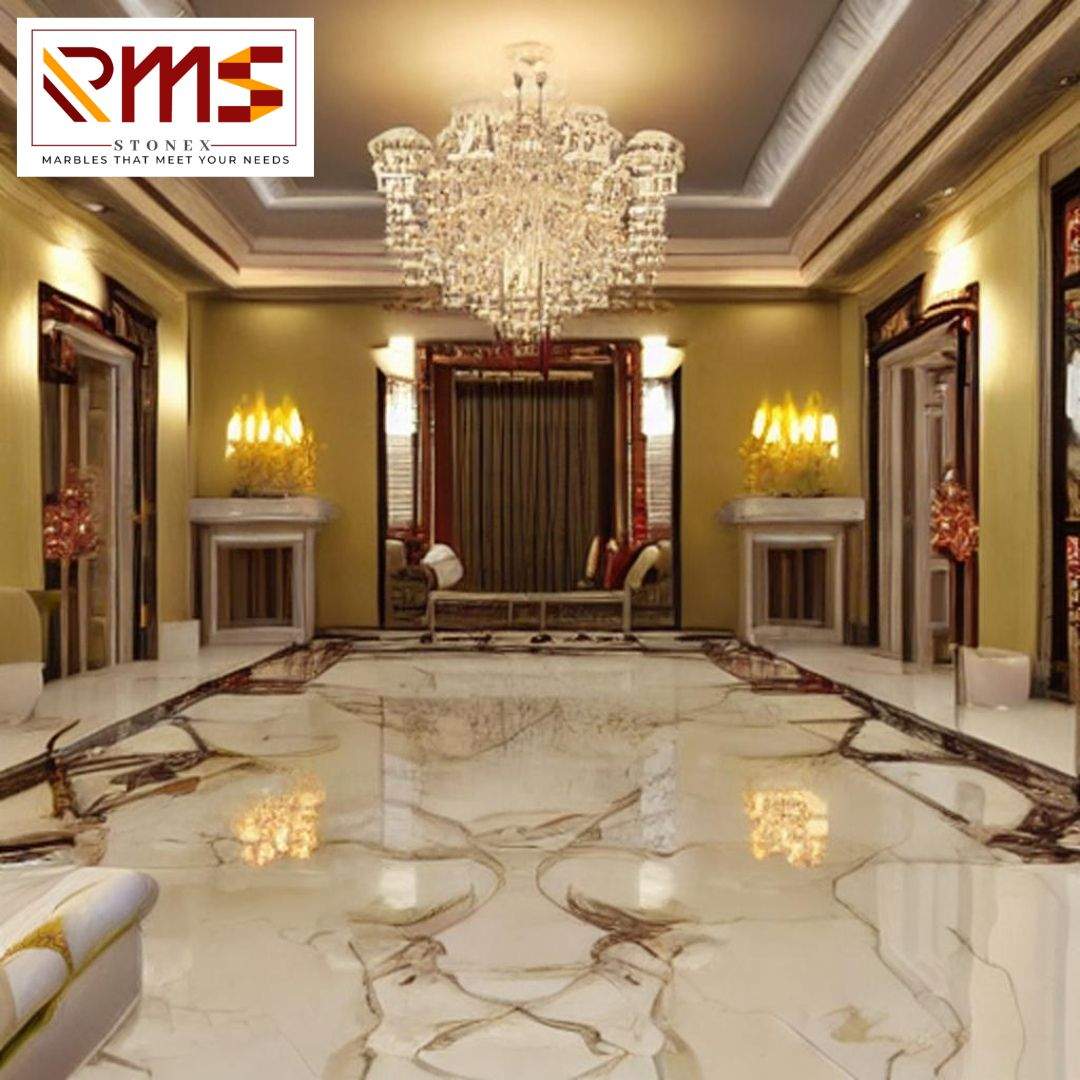Imported marble in India plays a significant role in meeting the demand for high-quality marble in the construction industry and contributes to job creation and technological advancement. The marble industry in India is a growing sector with a wide range of applications in construction, architecture, and art. India is known for its diverse range of marble, including white marble, black marble, and coloured marble, which is exported worldwide. Imported marble is important in India due to its high quality, unique designs, and affordability. With the increase in demand for marble in the construction industry, importing marble from countries like Italy, Turkey, Greece, Spain, and China can help meet the demand for quality marble in India.
Some Reasons for Imported Marble in India
Imported marble into India is necessary to access superior quality, a wide variety of colours and patterns, to meet the rising demand, and to obtain good quality marble at a reasonable price.
Quality:
One of the primary reasons for importing marble in India is the superior quality that certain countries offer. Many countries such as Italy, Turkey, Greece, and Spain have a long-standing reputation for producing high-quality marble. By importing marble from these countries, Indian buyers can ensure that they are getting the best quality marble for their construction projects.
Variety:
Another reason for importing marble in India is the wide variety of colours and patterns that are available. Each country has its unique type of marble, which may not be found in India. By importing marble from different countries, Indian buyers can offer a wider range of options to their clients.
Demand:
With the increase in demand for marble in India, there is a shortage of supply of high-quality marble. This is where importing marble can help meet the demand. The demand for marble is driven by the growth in the construction sector and the rise in disposable income.
Cost:
Importing marble may also be cheaper than purchasing marble locally. Due to the economies of scale, countries that produce a lot of marble can produce it at a lower cost than countries that produce less. By importing marble, Indian buyers can get good quality marble at a reasonable price.
There Are Some Major exporting countries of Imported marble in India
Italy: Italy is one of the largest exporters of marble to India. Italian marble is known for its high quality and unique designs. Italian marble is also famous for its durability, making it a popular choice for construction projects.
Turkey: Turkey is another major exporter of marble to India. Turkish marble is known for its unique colours and patterns, making it highly sought after in the Indian market.
Greece: Greece is known for producing high-quality white marble, which is in high demand in India. Greek marble is also known for its durability, making it a popular choice for flooring and other construction projects.
Spain: Spain is another significant exporter of marble to India. Spanish marble is known for its unique colours and patterns, making it a popular choice for high-end construction projects.
China: China is also emerging as a significant exporter of marble to India. Chinese marble is known for its affordability, making it a popular choice for budget-conscious buyers.
Imported marble price in India
The price of Italian marble in Kishangarh, India can vary depending on the country of origin, quality, colour, and design. Italian marble is generally considered the most expensive, while marble from other countries like Turkey, Spain, and China can be more affordable. Prices can also vary based on the supplier, location, and availability.
Challenges faced in importing marble to India
High customs duty: One of the primary challenges faced in importing marble to India is the high customs duty. The customs duty on marble can be as high as 20%, making it expensive for Indian buyers.
Lengthy import procedures: Another challenge faced in importing marble to India is the lengthy import procedures. The import process can take a long time due to the paperwork involved and the need to comply with various regulations.
Infrastructure issues: Infrastructure issues such as inadequate storage facilities and poor transportation networks can also pose a challenge in importing marble to India.
Competition with domestic marble: The domestic marble industry in India is highly competitive. Imported marble must compete with locally produced marble, which can sometimes be cheaper due to lower transportation costs.
Impact of imported marble on the Indian Economy
The impact of imported marble on the Indian economy includes job creation, increased revenue, technological advancement, and a boost to the real estate industry. It has created opportunities in various sectors and contributed to the growth of the economy.
- Job creation:
The import of marble to India has created job opportunities in various sectors, including transportation, warehousing, and construction.
- Increased revenue:
In India, It has also contributed to increased revenue for the government in the form of customs duty and taxes.
- Technological advancement:
It has led to the adoption of new technologies in the Indian construction industry, leading to increased efficiency and productivity.
- Boost to the real estate industry:
The availability of high-quality imported marble has led to an increase in demand for premium housing and commercial projects, leading to a boost in the real estate industry.
Conclusion
Imported marble in Kishangarh has a significant impact on the Indian economy by providing high-quality marble for the construction industry, creating job opportunities, and contributing to the growth of the real estate sector. Although challenges such as high customs duty and lengthy import procedures exist, the benefits of importing marble outweigh the challenges. Overall, imported marble plays a crucial role in the development of the construction industry and the economy as a whole in India.
Contact Us – (+919166660377) RMS Marbles



No responses yet